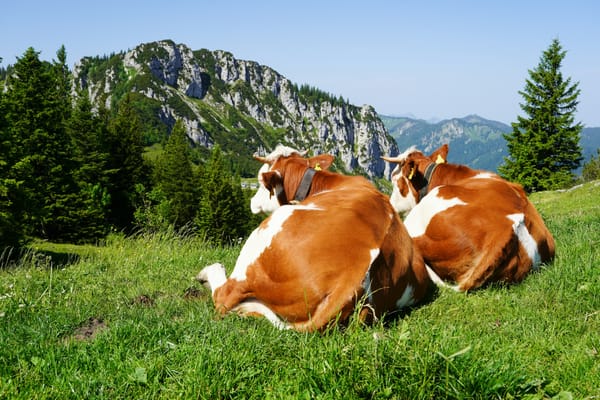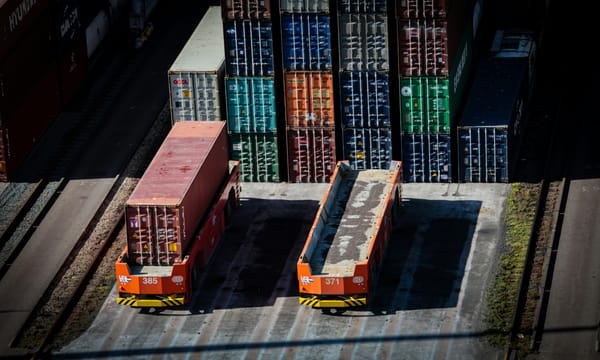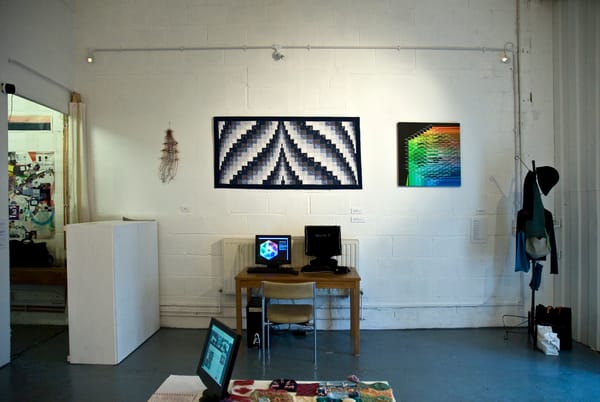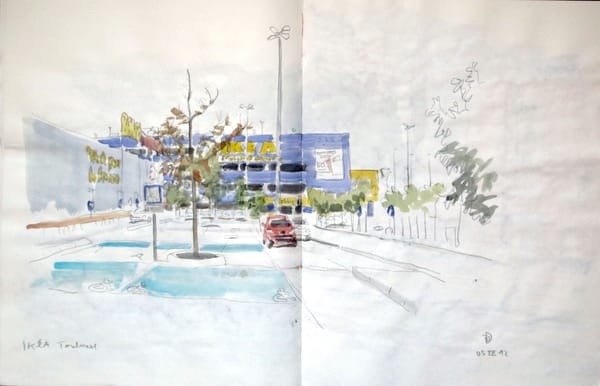The Merrier the More Community
Liminoid events / Turning websites into canvases / The 2024 state of OSPOs
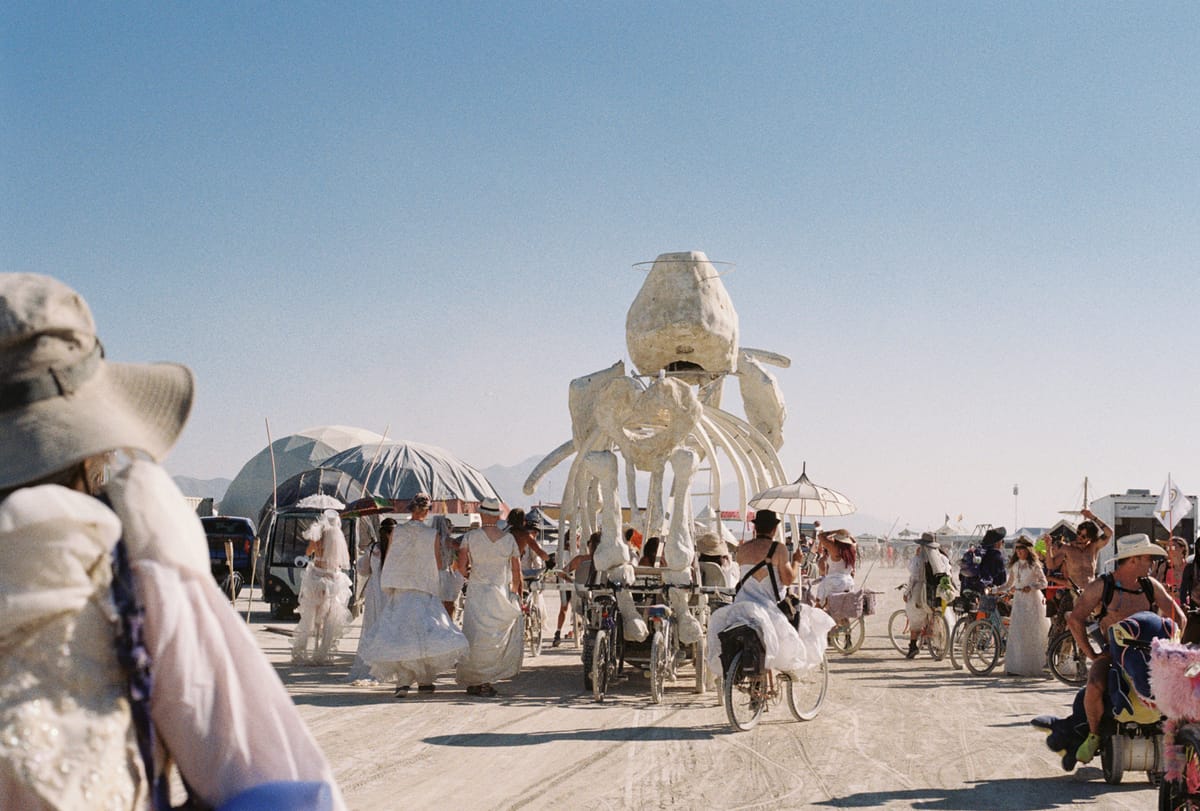
What's the most unforgettable event you've ever attended? A Reddit thread posed this question, and the responses were varied: rock concerts that left ears ringing, sports events that ended in euphoric victories, and even a speech by Barack Obama that inspired a sense of hope and felt like history in the making. Yet despite the diversity of experiences, a common thread ran through the testimonials: a sense of community and the feeling of entering a realm that transcends the mundane, where suddenly the extraordinary becomes possible.
I've spent the last couple of weeks co-organising and attending various events, from fairs like the Smart Country Convention and "Digital-Gipfel" to the Ada Lovelace Festival, a half-day PIAZZA workshop, a cybersecurity hackathon, and a FOSDEM devroom. Most of these events offer an opportunity for communities to come together – some, like the Ada Lovelace Festival, are deeply integrated into a community strategy. As an ecosystem coordinator, this is the aspect I find most intriguing about events: how can we leverage them to build connections between people and create lasting change, even beyond the event itself?
Liminality and communitas
Research into events has shown time and time again that it's the feeling of transcending the everyday that makes events effective at building community. Anthropologists speak of a sense of "communitas" that is created through the "liminoid" nature of events. By dissolving boundaries, new connections can be made. Laurence Chalip, who has researched the sociology of sports events, has made concrete recommendations on increasing the liminality and communitas of events:
In order to enable and amplify liminality and communitas, event organisers and host community planners should foster social interaction and prompt a feeling of celebration by enabling sociability among event visitors, creating event-related social events, facilitating informal social opportunities, producing ancillary events, and theming widely.
The merrier the more community, you might say. While still at my old job, I developed the motto "New Utopias" for the Ada Lovelace Festival, which captured the idea of creating a space where anything seems possible (putting aside, for the moment, the fact that the word "utopia" also implies a non-existent place 😉) My former colleagues cleverly incorporated many of the elements Laurence Chalip recommends for fostering liminality and communitas, including not one but two award ceremonies, speed-dating, an impromptu joint dance performance, thematic dinner tables, and pre-event gatherings that encouraged connection and community-building.
There are different dimensions of social interaction at events: known-group socialisation, external socialisation (meeting new people) and audience socialisation, and event design should consider all those dimensions. With ESIS (Event Social Interaction Scale), there is also a quantitative tool to evaluate social interaction at events that may be of value to community and ecosystem coordinators. ESIS is composed of 14 items on a 7-point Likert scale and was developed through a longitudinal study of the celebrations of São João in the Northeast of Brazil.
Dancing on my own
All this is a more elaborate way of saying, in Tom "spot" Callaway's words, "make your community events fun." But it begs the question: what’s fun to your community? The thought of incorporating an impromptu dance session in a hackathon makes me cringe. I'd likely be the only one on the dance floor. This is, I believe, the difference between an average and a great community event: a deep understanding of how your attendees tick.
Instead of doing what one does at events and throwing together talks, panels and, if you’re feeling wild, a party, it pays off to take a close look at what your attendees value and need. A point in case: I only recently discovered that key signing parties are a staple of open source events. So, I'll try to remember: the merrier, the more community. But also, I’ll be mindful of my attendees' preferences so I won’t be the only one on the dance floor (I’m pretty sure though that the road to utopia is paved with awkward dance moves).
The Toybox
This time, I'd like to give a shout-out to Orion Reed, who has a project that turns websites into canvases (including my own). You can let visitors add their own drawings to your website, and make text and images collapse. If you want to give it a try, you’ll find everything you need in this repository.
If you have a fun open source project to share, feel free to reach out to me and I’ll feature it in this newsletter 👇
Treats
The 2024 State of OSPOs and Open Source Management report is out and it's an interesting read. I found the part about unrealistic expectations regarding OSPOs (Open Source Programme Offices) particularly revealing – managing expectations early saves disappointment later. Another text that's been on my mind for a while now is this inside report on Palantir, presumably one of the least open companies on the planet, and not the obvious pick for this newsletter. But it goes a long way explaining how Palantir has instilled a sense of purpose in its employees and offers a glimpse at the company's (sometimes peculiar) mechanics of building community.


